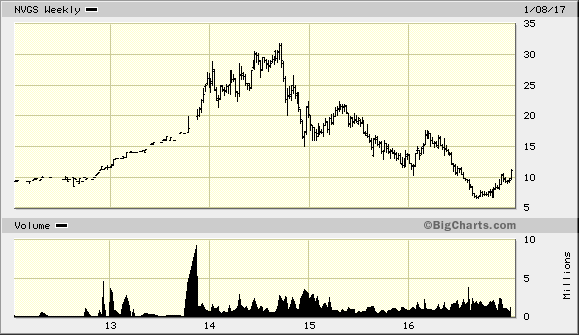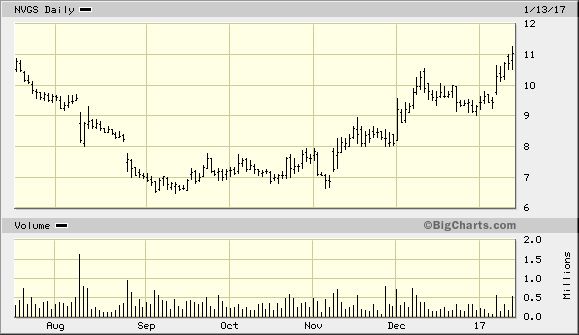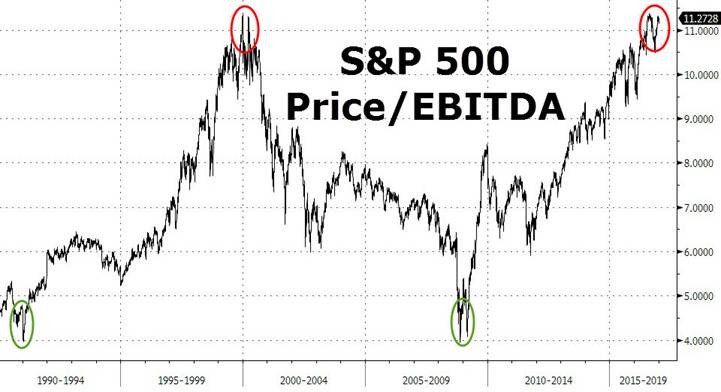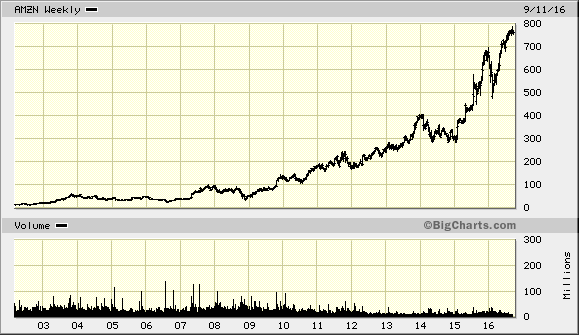
LESSON: IGNORE “EXPERT” PREDICTIONS
Bo Polny
A relatively new guy on the PM analysts scene, Bo Polny was, to my knowledge, first mentioned by Jim Sinclair (Yes, Mr. Gold of the “Gold will never go below $1500” – fame) as his chartist. He used that notoriety to open a website (2020 Gold Forecast), establish a following and charge exorbitantly for a newsletter – which I believe is now has a less-detailed, more reasonable price structure option. He is characterized as passionate, animated, can speak technical-analysis double-speak using chartist-lingo and numerology, is occasionally religious (Shemitah) and has made ambitious, dated, calls – some of which we will include that have not been resolutely judged correct or not. He’s been around less than 3-years but has some wildly poor predications. Let’s see:
May 7, 2013 – Bo Polny: Silver Extremely Vulnerable to a Break of $22 Bottom – in this Polny stated that silver’s final bottom of $22 was ‘in’ but vulnerable [?!?] kind of riding the fence (it was $14.93 last I looked April 4th, 2016 – almost 3 years later – so, yeah – $22 was indeed ‘vulnerable’)
May 31, 2013 – Bo Polny: Gold Has Bottomed at $1321, to Rise into June 5th Turn Date – the following month after he stated this it went to $1190.
June 18, 2014 – Bo Polny: Gold- Up in June, Down into Summer & a Moon Shot to $2000 before Year END! – Gold closed that year at around $1205.
June 27, 2014 – Bo Polny: Gold Cycle Top June 27, Next a Summer Low Buy-Of-A-Lifetime Before $2000 Gold in 2014! – Actually, Gold never went above $1400 in 2014 and finished the year at $1205.
July 15, 2014 – A Final Summer Low Still Ahead as Gold’s Sabbatical Rest Comes to an End & Gold Heads to $10,000+! – a continuation of his more exaggerative predictions…
August 11, 2014 – BO POLNY: A 3-Year Gold ‘BEAR’ Market Ends & a 7-Year Gold ‘BULL’ Market Begins – no, Bo…
September 9, 2014 – BO POLNY: $2000 Gold, Next Stop! 7-Year Gold Cycle Targets $5,000 & $333 Silver – absurd but it tends to peak the interests of the gold and silverbugs who immediately start mentally converting their stacks into mega-dollars imagining their new wealth and what it can buy them… silly really.
October 9, 2014 – BO POLNY: Triple Bottom a Prelude to Runaway Gold & Silver Bull Markets – not surprisingly, nothing happened except a minor spike in the beginning of 2016 – over a year after he said it. More PM version of ‘Hopium’… which is how most of these charlatans extend their livelihood.
December 22, 2014 – BO POLNY: 2015, The Year of Devastation – it wasn’t… it was another year of Bo Polny’s incorrect predictions. I think he later claimed he was a year early because of some numerology faux-pas – what-ever.
January 12, 2015 – BO POLNY: Gold and Silver, a Parabolic Rise in 2015 – ‘Parabolic’ refers to something in the shape of a Parabola (‘U’) – analysts love this term as a fancy way of saying things will turn-around from lows back to highs. I’m sure you are aware – it didn’t transpire in his 2015 time-frame.
January 20, 2015 – Bo Polny – Are Precious Metals Getting Ready To Go Parabolic? – there’s that ‘parabolic’ word again. In retrospect, Bo – I can answer: “Ummm… No – not ready yet”.
March 27, 2015 – Bo Polny: BREATHTAKING Crash in USD Before Summer? – if ‘crash’ involves a lack of confidence – then the crash was in Bo Polny’s credibility.
May 18, 2015 – Bo Polny – It’s All Down from Here, Except Gold and Silver – Bo was calling for a major sell-off on the dollar and treasuries…. and being complimentary – he is, at best, premature.
June 4, 2015 – Bo Polny – Silver Short Squeeze Imminent! – ‘imminent’ is one of those less-fluid words that indicates immediacy – in fact Bo said in this article “In June 2015 the shorts will run to cover as Gold and Silver spike!” – Ohh Bo…sigh
June 14, 2015 – Majestic Gold & Silver Breakout, June 2015- Bo Polny – “Majestic”; possessing majesty; of lofty dignity or imposing aspect; stately; grand; not a word associated with Bo Polny.
‘June 18, 2015 – Three Digit Silver In 2016!’ – Bo Polny – of course, the year is not over but it seems less and less likely as each day goes by… the term ‘Three Digit” gets the Silverites brains congratulating themselves that they can mentally calculate that it means a minimum of $100. Bravo! Actually, at this point, the general consensus was that Bo was full of it…
August 4, 2015 – Bo Polny: $9000+ Gold & $1000 Silver if $1072 Holds! – $1072 held – Bo’s prediction didn’t.
August 13, 2015 – Bo Polny – Fasten Your Seat-Belt, Gold’s Next Cycle Targets $8000 – $10,000 – it must have been a slow-subscriber week for Bo… he did the equivalent of putting caffeine in the water cooler. “We love you Bo! tell us more about our millionaire status future!”
August 24, 2015 – Shemitah 2015, the Year of Jubilee and 3-Digit Silver…Putting it All Together! – 3-Digits again! Your Eagle coins are going to make you rich, guys and gals!
August 26, 2015 – $2000 Gold & $50 Silver this year! | Bo Polny – Bo goes out on a limb… of desperation. I think the tactic backfired as he was proven VERY wrong in only a few months… tsk, tsk. Silver never even got to 1/2 his called prediction.
September 23, 2015 – Bo Polny: September 23, 2015 – THE SHIFT BEGINS! out of ‘Bo following’
October 27, 2015 – All Hell Could Break Loose in Gold/Silver Prices, $100+ Silver 2016 – the best predictor of future behavior is past behavior and Mr. Polny has had too many of these absurd predictions.
January 17, 2016 – What Follows Will Be The BREAKOUT OF THE CENTURY FOR SILVER! – Bo Polny – okay, Bo… we will wait and see but your call is documented. But I think even the most hardcore Silverbug has lost faith in you…
February 16, 2016 – Gold to DOUBLE in 2016 – Bo Polny or Bo’s credibility takes its final plunge, agreed?
March 1, 2016 – Polny Sticks His Neck Out: “Gold to Double, Silver to TRIPLE in 2016!” – only triple for Silver? Bo’s really toned down from those triple-digit days – perhaps Bo doesn’t realize Silver is only $14+ change right now.
http://www.dvdbeaver.com/Gary/gold/bo_polny_failed_calls.htm
For laughs: https://www.gold2020forecast.com/
—
Take a look at other precious metals “analysts”
Stewart Thomson writes the Graceland Updates.
I’m not a fan of Stewart Thomson – I find him arrogant, and a wholly inaccurate PM analyst – I consider him one of the worst. Let’s allow his wayward predictions speak for themselves:
“In late 2013, I predicted the Fed would taper all the way to zero in 2014, and suggested that taper would turn the Dow into a “wet noodle”, while creating a rally in gold prices. That’s the opposite of what most analysts thought would happen in 2014, and it’s exactly what has transpired!” -Stewart Thomson Oct 2014
“Gold Set to Surge, Silver Looks Even Better! I think gold could charge beyond $1325, and on towards the $1347 and $1390 area highs. Silver, which is perhaps better referred to as “gold on steroids”, looks even better.” -Stewart Thomson August 2014
“…any gold-negative news is not likely to move the price of gold lower than $1275. The upside numbers of importance are $1325, $1347, and $1392.” -Stewart Thomson July 2014
“Gold: “Let the Good Times Roll!” During the first six months of 2014, there have been quite a number of events that are positive for the gold market, and there was a big one yesterday. Gold staged a nice breakout from a small bullish wedge pattern last night, and the entire chart has a very bullish look. Why is that? Well, the month of August can see Indian citizens buy enormous amounts of gold, as they begin preparations for the wedding season and Diwali. Expectations of those liquidity flows into gold are likely why the gold chart looks so bullish now.” -Stewart Thomson July 2014
“Gold: The Worst Is Over, What’s Next? The time to be heavily invested in the precious metals sector is not later. It’s now.” -Stewart Thomson June 2014
“While the short and intermediate trends for gold are greatly influenced by Fed policy, events in China and India are now the key drivers of gold’s primary trend…. and sends gold surging towards my target of $1432.” -Stewart Thomson July 2014
“A persuasive argument can be made that gold staged an upside breakout last night. The range of $1305 – $1326 was decisively penetrated to the upside, and gold traded as high as $1335. Monday’s close was critical, because it was not just the end of the month, but the end of the quarter. Junior gold stocks staged a spectacular ending to the first half of the year, on massive volume. The chart suggests the second half of 2014 will be even better!” -Stewart Thomson July 2014
“Gold Stock ETFs: Outrageously Bullish! If I’m correct, the “bare minimum” arithmetic target is: $2663. I think my target price is absolutely justified by the global fundamental and geopolitical price drivers.” -Stewart Thomson June 2014
“Technically, all sectors of the gold market look bullish. Regardless of whether a daily chart, weekly chart, or a monthly chart is used, all technical lights are green. The weekly charts suggest that investors who are waiting for gold to bottom in July are at risk of missing an enormous rally that appears to already be underway.” -Stewart Thomson June 2014
“I’ve outlined a rough scenario for summer rally enthusiasts on the daily silver chart below. I’ve suggested silver could move up to about $22. Much higher prices are possible.” -Stewart Thomson June 2014
“Gold now seems to be forming an inverse head and shoulders bottom pattern, and that’s good news for bullish investors.” -Stewart Thomson April 2014
“Indian National Election is the Most Bullish Event for Gold in Past 100 Years!” -Stewart Thomson April 2014
“Gold market technicians should be open to the possibility that in the bigger picture, this rally has only just started.
Many of PM investors are likely to sell on a rally back to the $1500 area, to cut the huge losses they sustained in 2013.” -Stewart Thomson February 2014












